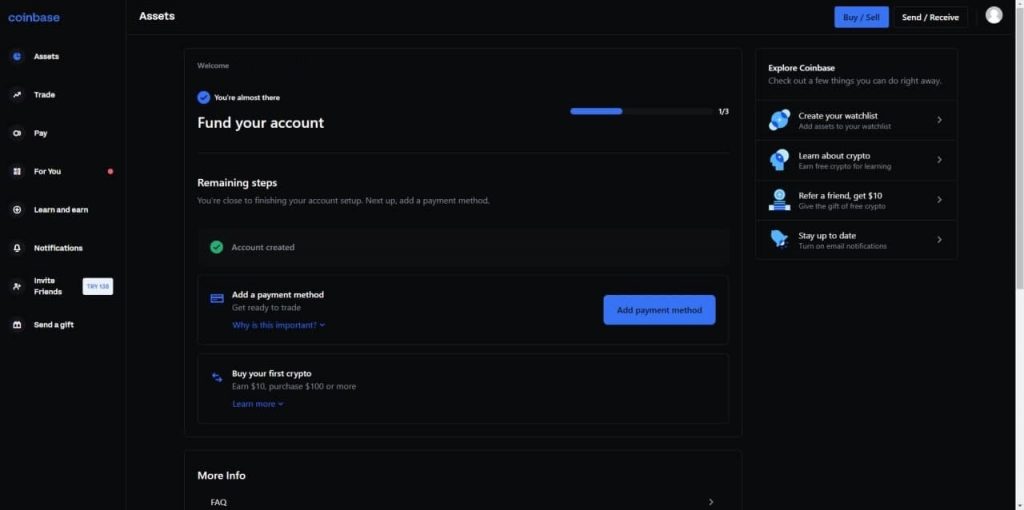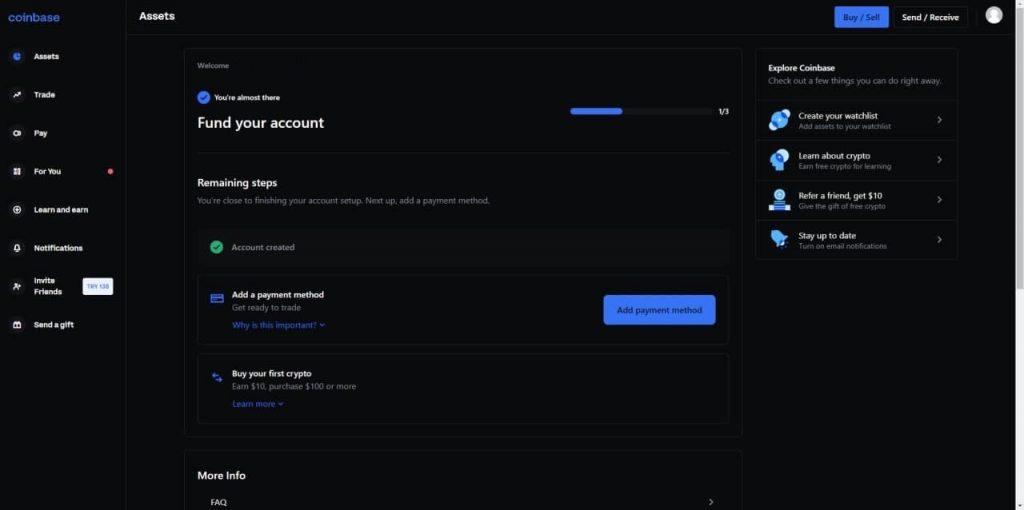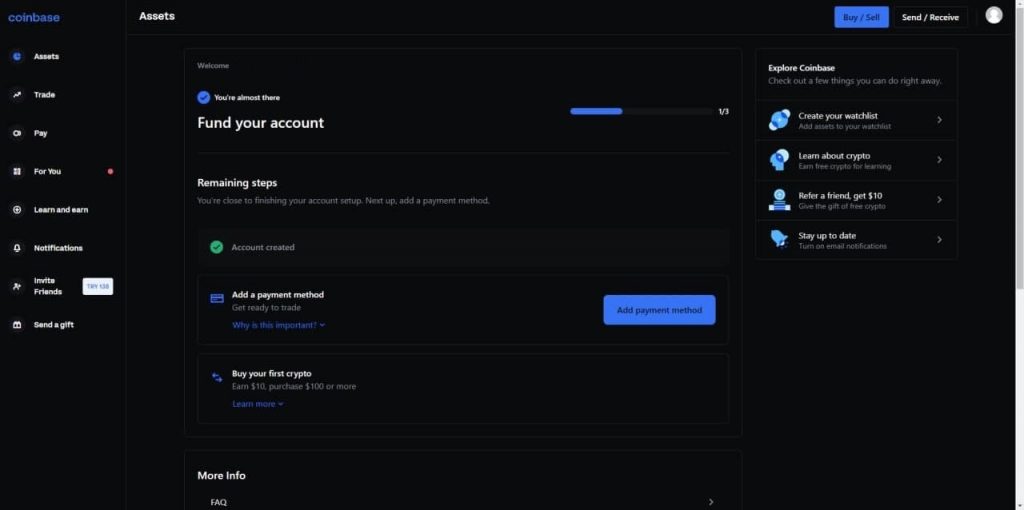2022-8-31 22:24 |
Impermanent loss (also known as divergence loss) refers to the moment when you deposit tokens into a liquidity pool and their prices change compared to their original price when you deposited them.
If you’re wondering: if you lose money when providing liquidity to a pool, why bother? The following impermanent loss explainer goes through a few concepts that will help demystify one of DeFi’s most significant considerations.
Introducing Impermanent Loss and What it Means for YouYield farming is a popular investment method in the DeFi world. If it sounds complicated at first, is because it is to a certain extent, but here’s the brief:
Yield is a financial term that refers to the returns of an investment Farming is a term used to represent the possible exponential growth of an investment.Yield farming can be done in a few ways, but the main idea is to provide liquidity to a liquidity pool (which is a smart contract) on a decentralized exchange (DEX) to earn compounded interest. In other words, users are looking for the best spot to invest their money and maximize returns.
Note that yield farming is not the same as staking. Staking refers to “locking up” some of your crypto holdings on a blockchain protocol to participate in the network and validate transactions.
Moving on, impermanent loss is associated with yield farming as it’s a characteristic design of automated market makers (AMMs), and it’s a risk that you must consider before joining a liquidity pool.
We also need to understand the concept of AMMs since it will be helpful in some examples below; an AMM is an algorithmic protocol that quotes prices between two assets at any time users wish to make a trade.
AMMs were designed as a solution for liquidity problems within decentralized exchanges. They don’t rely on market makers (like order books from centralized exchanges such as Binance) but on liquidity providers that deposit tokens in a liquidity pool so it can reflect a balanced price between two assets.
AMMs use different mathematical formulas to quote prices. Uniswap —the world’s largest DEX— uses the constant product formula: x * y = k. X is the value of one token and y is the value of the other token, and k is a fixed constant. This means that a pool’s liquidity needs to remain the same.
How to Calculate Impermanent LossLet’s put up a hypothetical situation: say you want to join a liquidity pool from Uniswap and you choose an ETH/DAI pool.
The tokens you’re going to deposit need to be equivalent in value, so you have $10,000: 10 ETH (for the sake of the example, let’s assume 1 ETH = $1,000) and 10,000 DAI stablecoin. The current dollar value for your deposit is $20,000.
All liquidity pools have a total asset value. In our example, let’s say it has $100,000 = 50 ETH and 50,000 DAI. By injecting liquidity into that pool, you are entitled to a share of the pool’s revenues. To calculate your share, simply divide your deposit ($20,000) by the total asset value ($100,000). 20,000/100,000 = 20 —so you have 20% of shares.
Let’s use the constant product formula (x * y = k) using the pool’s total asset value. x is 50 ETH and y is 50,000 DAI. Multiplied, this gives us: 2.500,000 (USD). This is the base liquidity that the pool needs to maintain.
Automated market makers don’t rely on an order book; liquidity remains constant in the pool, in this case, $2.500,000. What determines the price of all the assets in a pool is the ratio between them, not the prices seen in exchanges.
So if the price of ETH doubles in the next month, now worth $2,000 apiece, the AMM’s algorithm re-adjusts the balance in the pool with the formula we used. To keep the 50/50 ratio, the pool would now have 35 ETH and 70,710 DAI. If we multiply that, we have $2,500,000.
All good —but when does impermanent loss kick in?
If you want to withdraw your funds, you have to take the 20% share of the updated prices of the assets you deposited:
20% of 35 is 7 ETH 20% of 70,710 DAI is 14,142 DAI. If 1 ETH equals $2,000, and we multiply it by 7, that gives us 14,000, Adding the 14,142 DAI, you’d receive $28,142.If you would simply hold your assets in a wallet, you could have made $30,000, since 10 ETH * $2,000 = $20,000 plus the 10,000 DAI you already had deposited. 30,000 minus 28,142 = 1,858; this difference is the impermanent loss.
But, again, isn’t it just better to simply hold your assets? Note that it’s called impermanent loss (which is a slightly misleading term) because the losses only become realized once you cash out. However, if the cryptocurrencies can return to their original value when deposited, then it offsets the losses.
Also, In this example, we are not considering trading fees that you can earn for providing the liquidity, which can potentially counteract the impermanent loss. In Uniswap, whenever someone trades on the exchange, they pay a 0.3% fee which is added to the liquidity pool and distributed proportionately to all liquidity providers.
How Can You Avoid Impermanent Loss?Here’s the skinny: you probably won’t get rid of impermanent loss completely —but there are ways to minimize the loss:
Avoid AMMs with highly volatile assets since you are more exposed to impermanent loss. See if the trading fees on the liquidity pool are sufficient to counteract the impermanent loss. You could choose a pool of stablecoin pairs —they are safer since their value doesn’t change much, but you won’t capitalize on it as much as you would with cryptocurrencies. Know when to back out: cryptocurrencies are subject to extreme price swings. Know when to retreat before the market takes a bigger downturn and the current price of your deposited assets is too far out from the starting price. Final Thoughts on Impermanent Loss: Is the Risk Worth It?Yield farming, while highly profitable if done right, also conveys a handful of risks. Markets can go up, down, sideways, in circles —no matter what direction prices go, impermanent loss can happen when there’s price divergence.
To wrap things up:
You should be mindful of impermanent loss before joining a liquidity pool Calculate impermanent loss based on the formulas we used in the examples above You can’t get rid of impermanent loss completely, but look for ways to minimize the riskAnyone looking to become a liquidity provider should understand the concept of impermanent loss. And while there are ways to decrease its impact, you might want to start with a small number of tokens and calculate both your returns and the impermanent loss when you cash out.
The post What is Impermanent Loss: How To Decrease Its Risk appeared first on CoinCentral.
origin »ETH AI Limit Loss (ELL) на Currencies.ru
|
|








